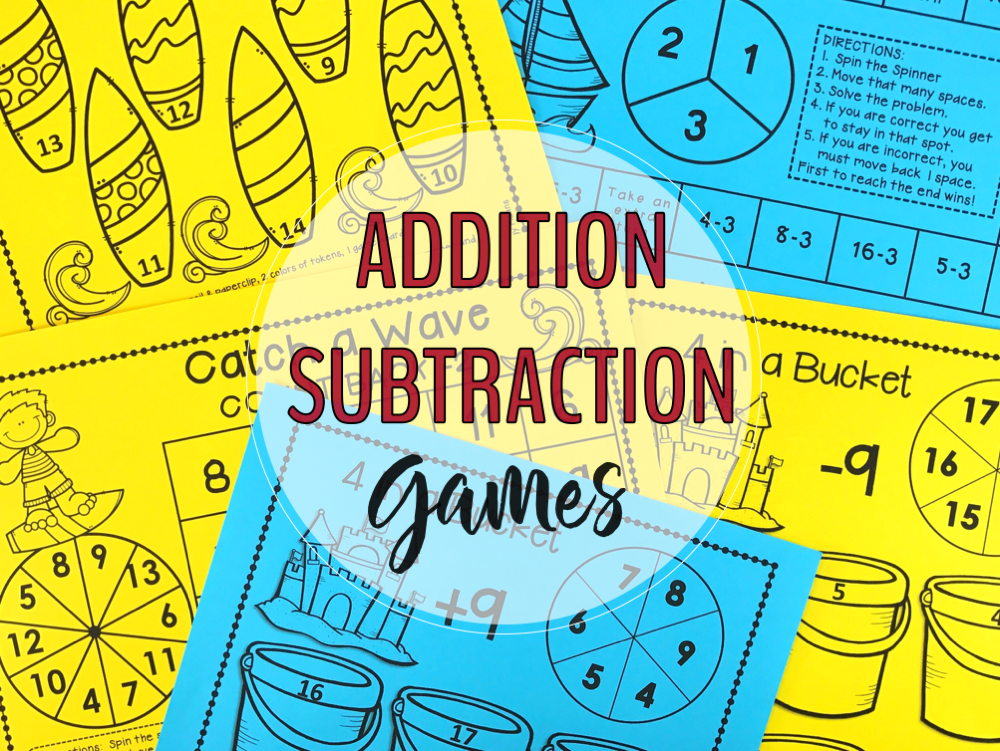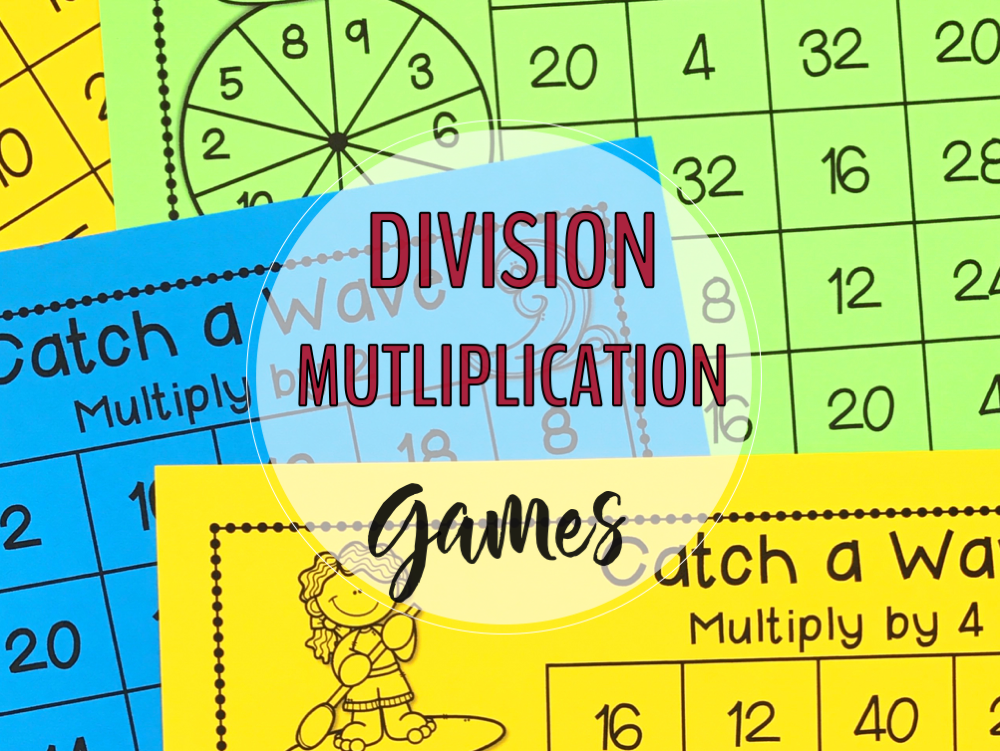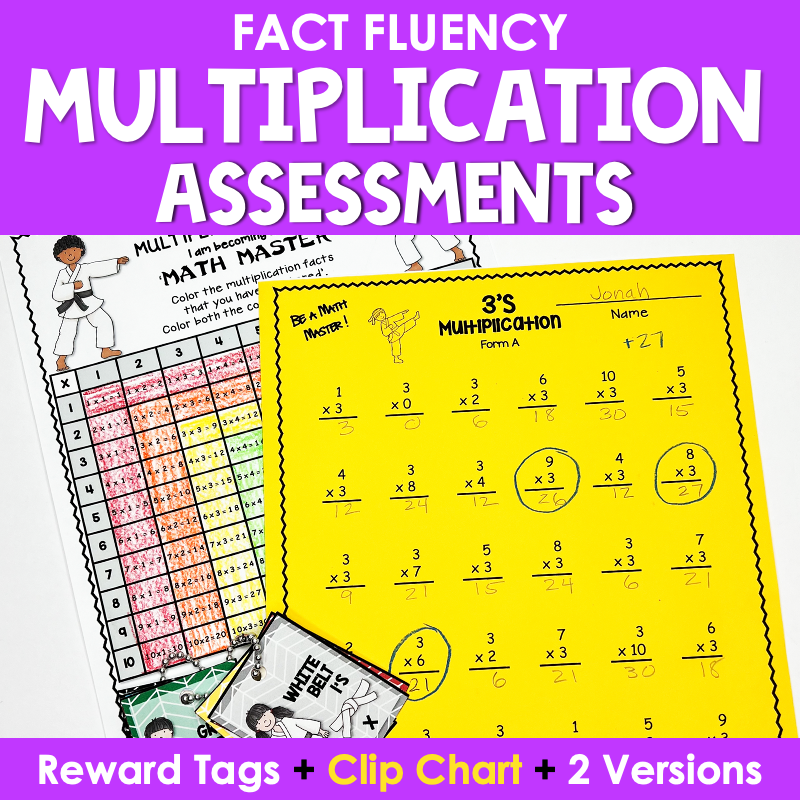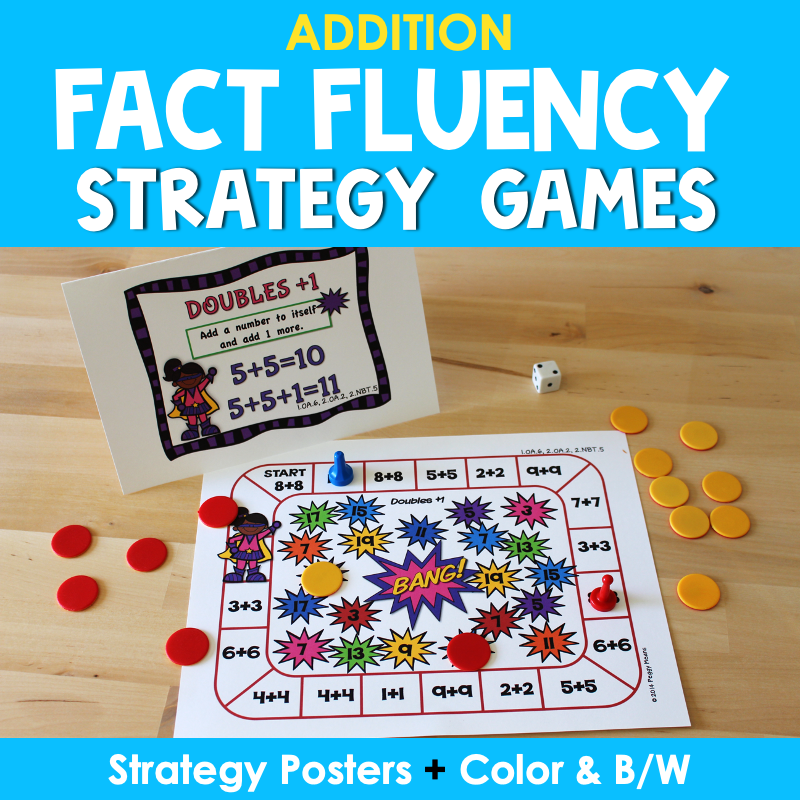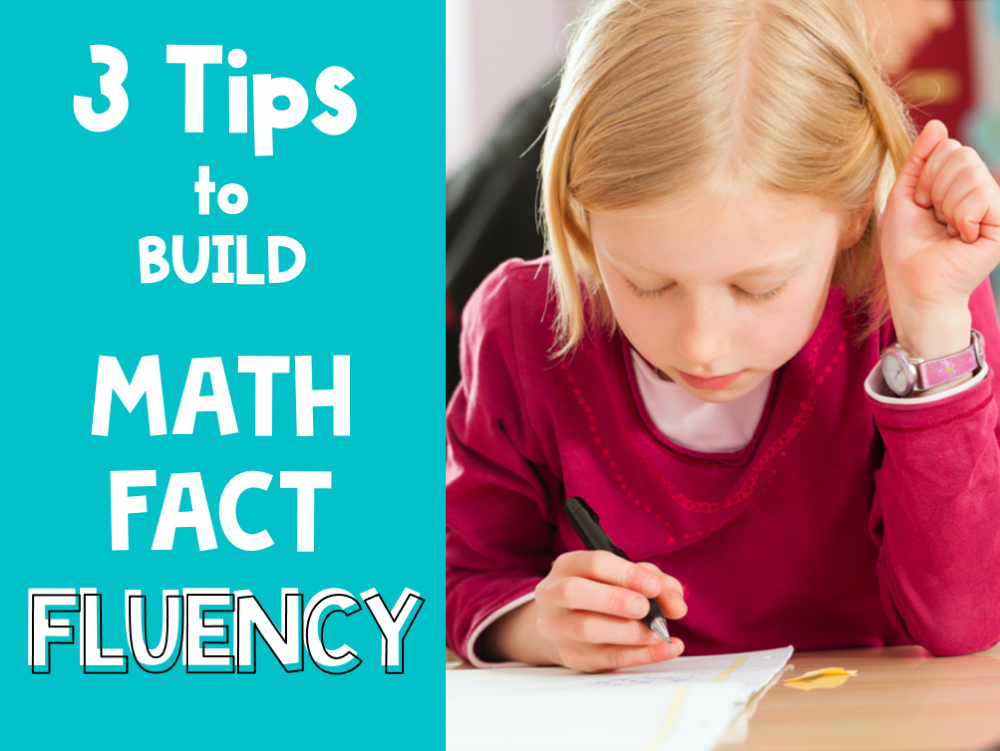
3 Tips to Build Math Fact Fluency
Before we look at these 3 tips, let's start with our WHY.
WHY do we need to help our students become fluent in basic math facts?
I am so glad you asked!
"Math facts fluency leads to higher order mathematics. Through automaticity students free up their working memory and can devote it to problems solving and learning new concepts and skills."
Geary, 1994
Quite simply, a lack of fluency in basic math facts will significantly hinder a child's subsequent progress in problem-solving, algebra, and higher-order math concepts.
Math fact fluency not only affects our students' future success in math but also in science and geography.
For these, and probably a zillion more, the Common Core Standards require us to teach Math Fact Fluency:
1OA Understand and apply properties of operations and the relationship between addition and subtraction.
1OA.3 Apply properties of operations as strategies to add and subtract.3 Examples: If 8 + 3 = 11 is known, then 3 + 8 = 11 is also known. (Commutative property of addition.) To add 2 + 6 + 4, the second two numbers can be added to make a ten, so 2 + 6 + 4 = 2 + 10 = 12. (Associative property of addition.)
1OA.4 Understand subtraction as an unknown addend problem. For example, subtract 10 – 8 by finding the number that makes 10 when added to 8.
1OA.5 Add and subtract within 20.1OA.6 Add and subtract within 20, demonstrating fluency for addition and subtraction within 10. Use strategies such as counting on; making ten (e.g., 8 + 6 = 8 + 2 + 4 = 10 + 4 = 14); decomposing a number leading to a ten (e.g., 13 – 4 = 13 – 3 – 1 = 10 – 1 = 9); using the relationship between addition and subtraction (e.g., knowing that 8 + 4 = 12, one knows 12 – 8 = 4); and creating equivalent but easier or known sums.
2OA.2 Add and subtract within 20. Fluently add and subtract within 20 using mental strategies.2 By end of Grade 2, know from memory all sums of two one-digit numbers.
3.2 NBT Fluently add and subtract within 1000 using strategies and algorithms based on place value, properties of operations, and/or the relationship between addition and subtraction.
So we know the WHY – let's talk about the HOW!
Here are 3 Tips to make math fact fluency teaching and practice more effective for your students.
Tip #1: Teach the Mental Math Strategies
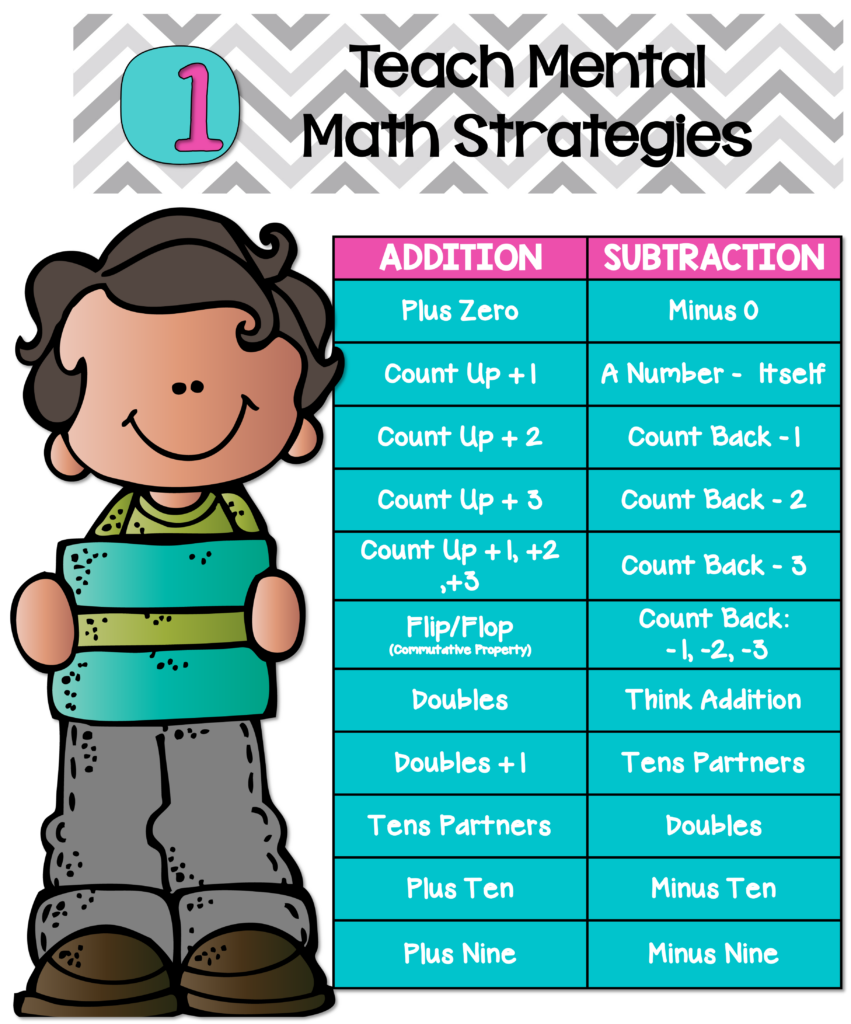
I had a huge ‘aha' moment years ago when I had moved from teaching kindergarteners for years to 2nd grade.
The students were taking a timed math facts test so I could assess their level of mastery, and I thought I should know how long it would take me to complete the page of math facts.
So I took it. I was amazed at how I was thinking as I was answering – I did not have many of the facts memorized, but I was using the mental math strategies to derive the answers!
WOW! and I was super fast. Even though I did not have them memorized, I understood the relationships, so I knew the answer almost ‘automatically'!
And of course, research bears this out – students who are taught mental math strategies are quicker in computing than students who are taught to just ‘memorize it'.
Click here to read Strategies that Increase Math Fact Fluency to learn more about these strategies.
I created and use these anchor posters to teach and reinforce the mental math strategies. They are also helpful to put on your classroom walls for students to quickly refer to as they are doing math.

Sorting is a higher-level thinking skill that further engaged students with understanding and applying the strategies.
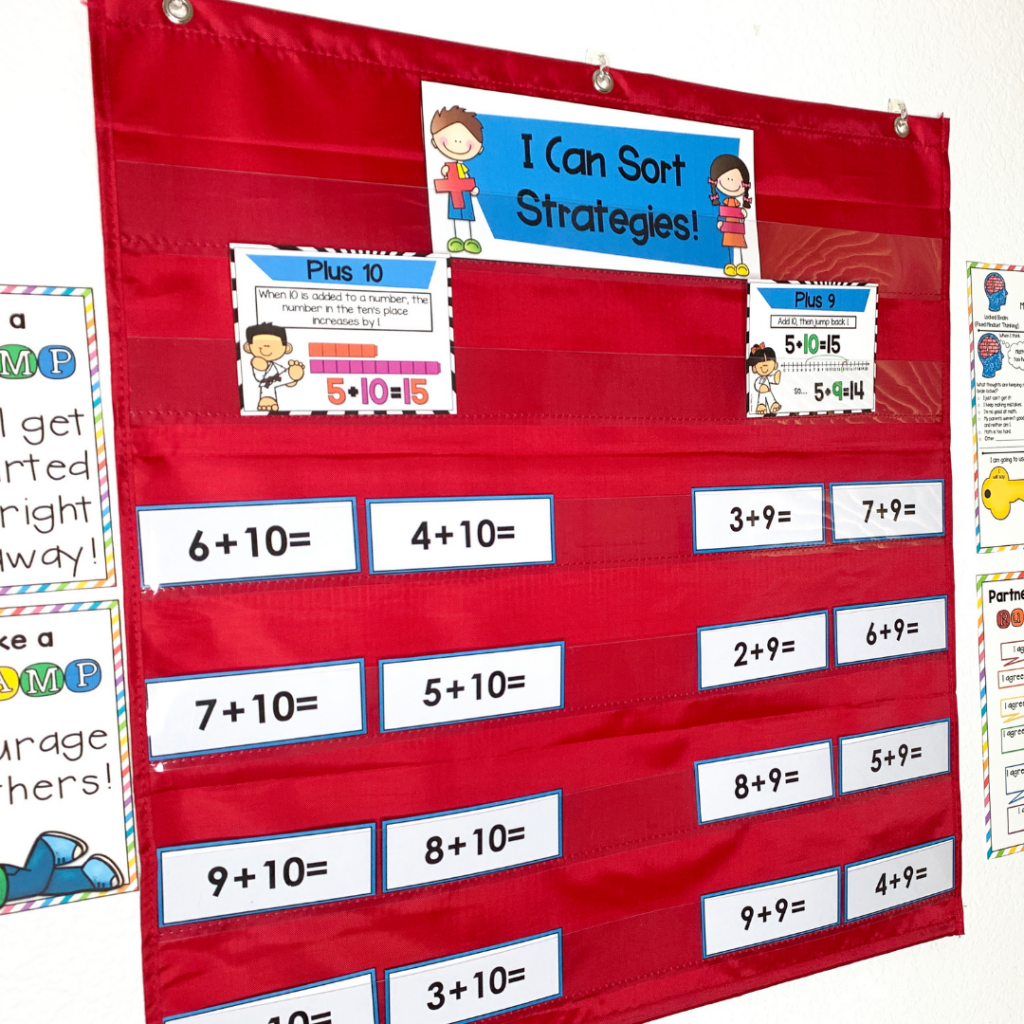
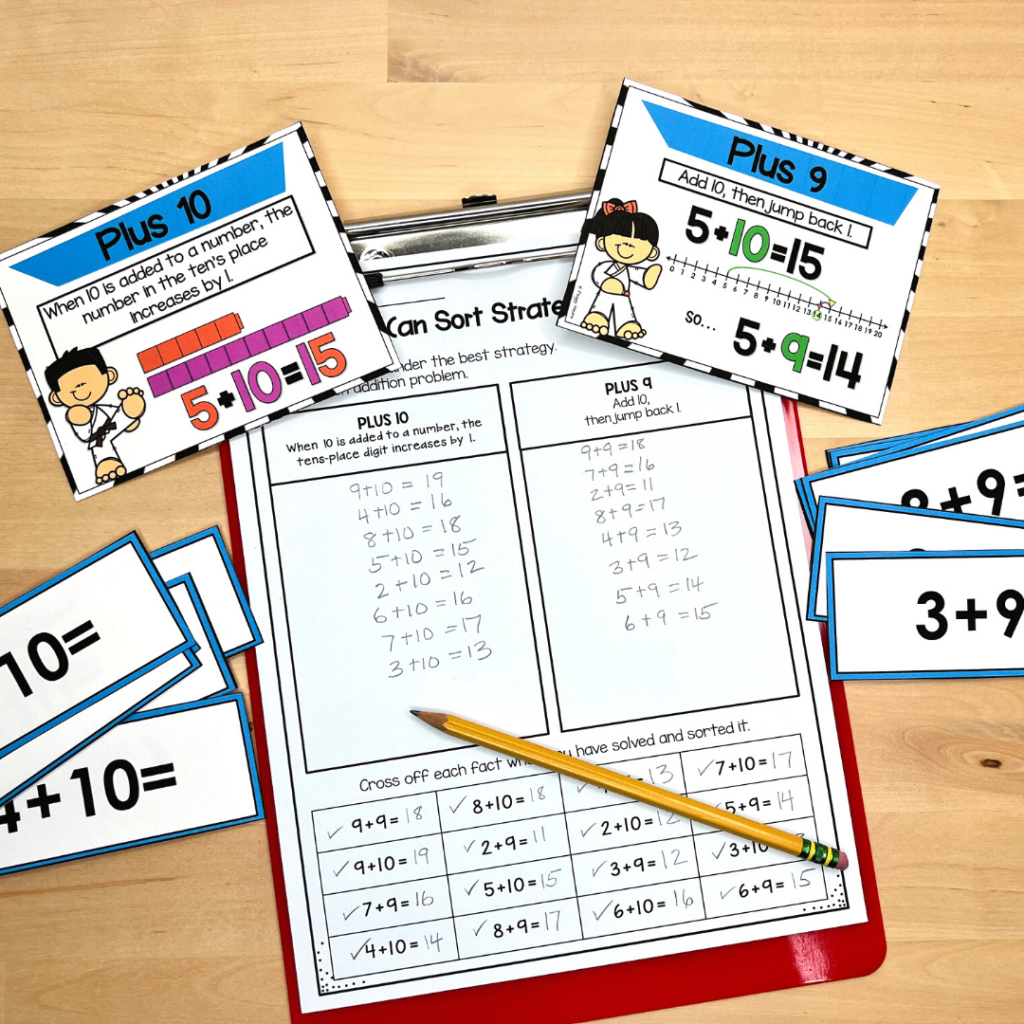
Tip #2: Daily Practice – 10-15 Minutes a Day
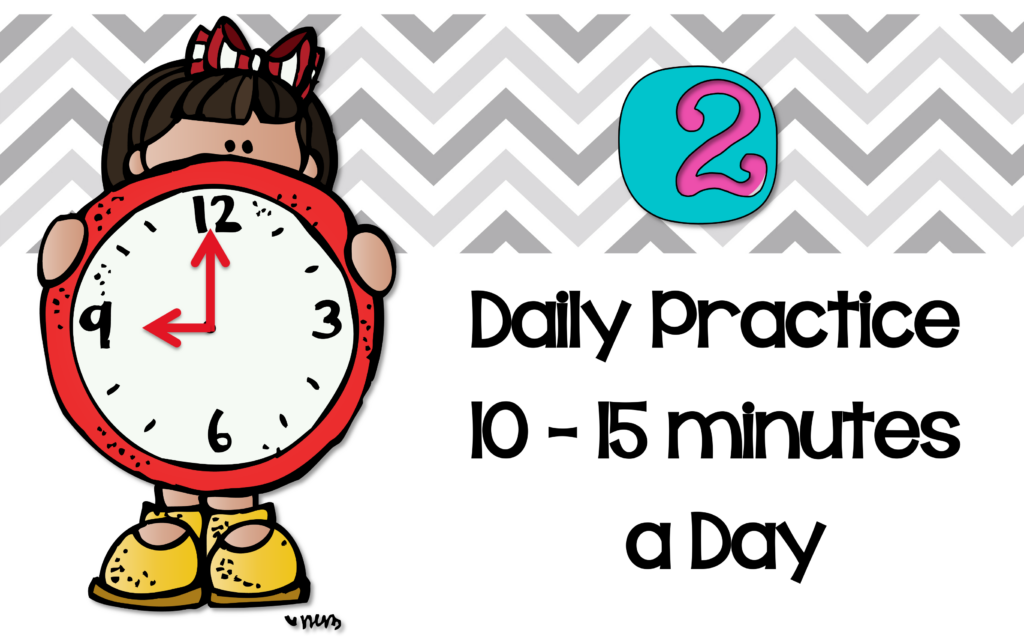
"To build math fact fluency, the most effective strategy is to give students 10-15 minutes per day to practice using what are called derived facts strategies (DFS). Essentially, DSFs are using facts you know to solve facts you don't know."
Sam Strother, Associate Director Developing Mathematical Thinking Institute.
Don't you love the term- Derived Facts Strategies because it describes the process?
We derive from what we know. . . to a new fact.
As teachers, we MUST make time in our already packed day to provide this 10-15 minutes of practice per day.
Gone are the days when we can tell the parents to teach it at home. Most parents don't have the time, or the mathematical understanding to teach using Mental Math Strategies – or DSF.
I know that we never feel like we have enough time to teach and practice ALL.THE.THINGS.
And we really don't, so we need to prioritize . . . when we remember WHY math fact fluency is vital to our student's success, it's easier to make the time in our schedules.
This is where tip #3 comes in –
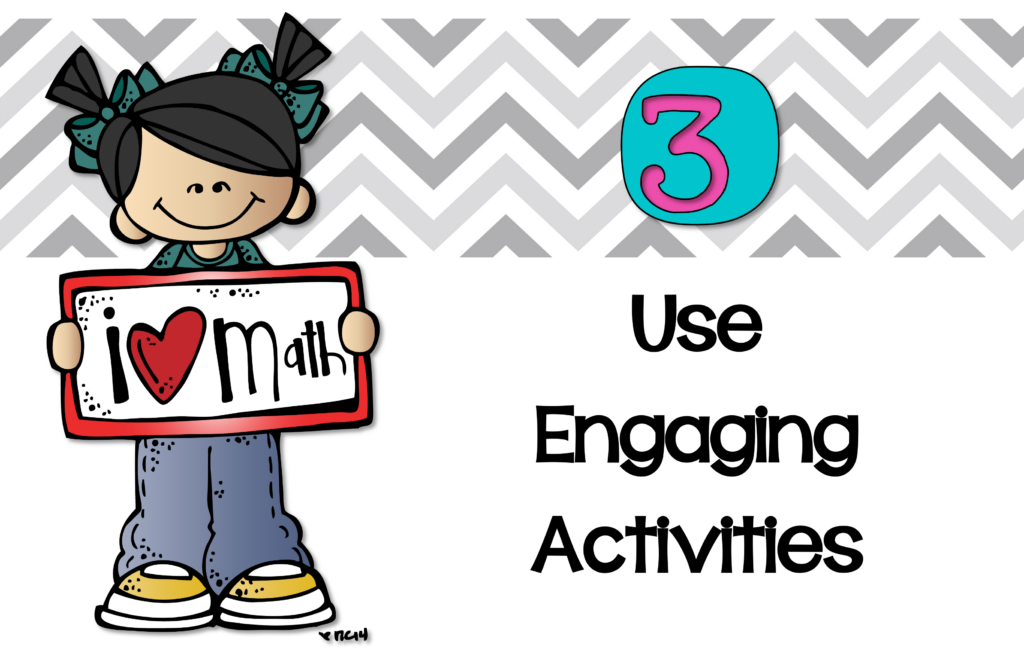
Tip #3: Use Engaging Activities
We know from experience and research that students learn best when they feel safe and are engaged in a fun activity – enter math games, student goal setting, and cooperative learning activities!
All of the following activities use these 3 tips and are:
- Based on the Mental Math Strategies
- Take 10-15 minutes per day
- Super engaging!
Engaging Games
Students love engaging themes and graphics in these games!
Students may get bored with just one type of game or just one theme. For this reason, I believe it is important to provide a wide variety of games with different themes and graphics.
If you are wanting to add more variety to your math games – just click on each one to check them out.
Games are not the only activity that will help your students develop math fact fluency. Pop on over to get inspiration for your classroom,
Engaging Partner Activities
‘Fast as a Flash'
Your students will indeed become fast as a flash with this super engaging and motivating activity! Once your students learn the routine, they will increase their math fact fluency in less than 10 minutes a day! And you will have NO PAPERS TO GRADE!
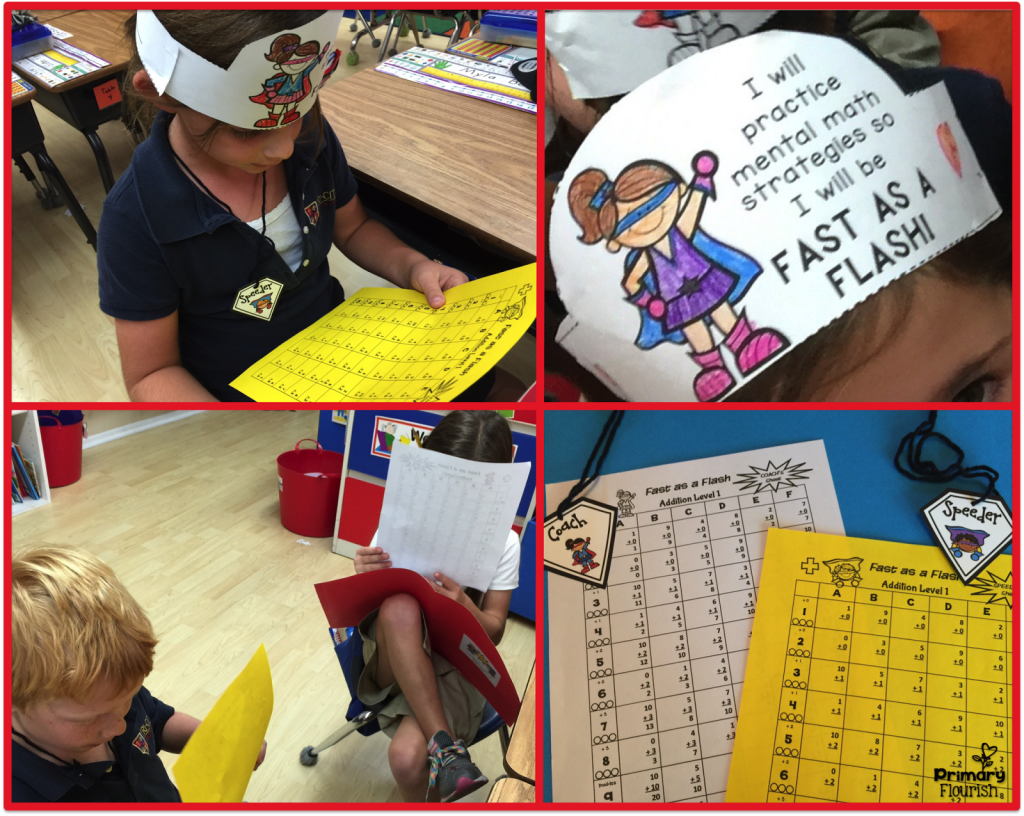
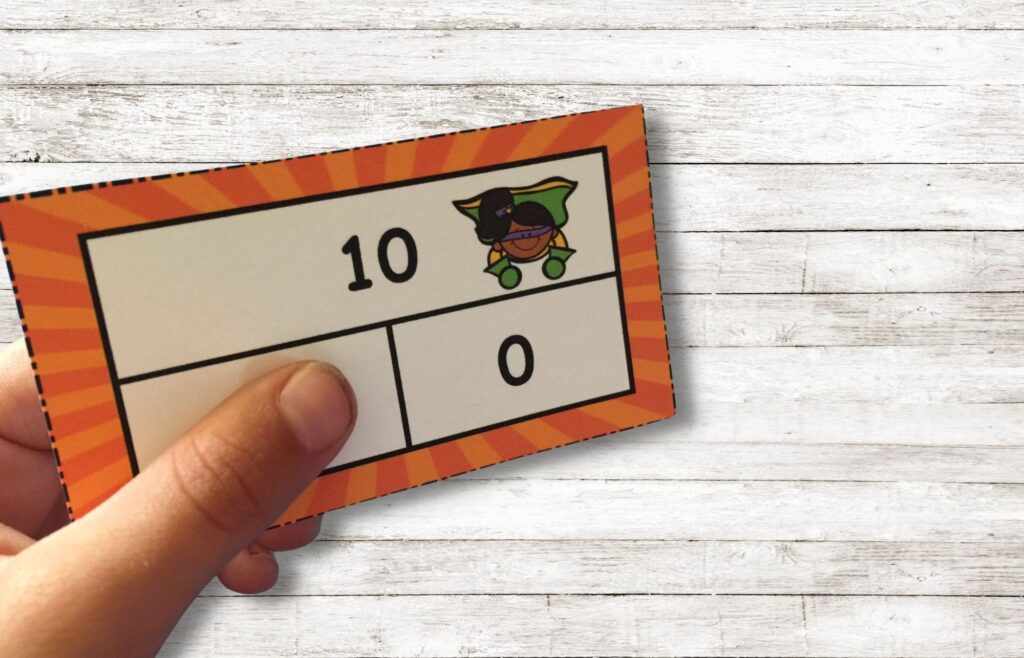
These same flashcards may be used as center or seatwork.
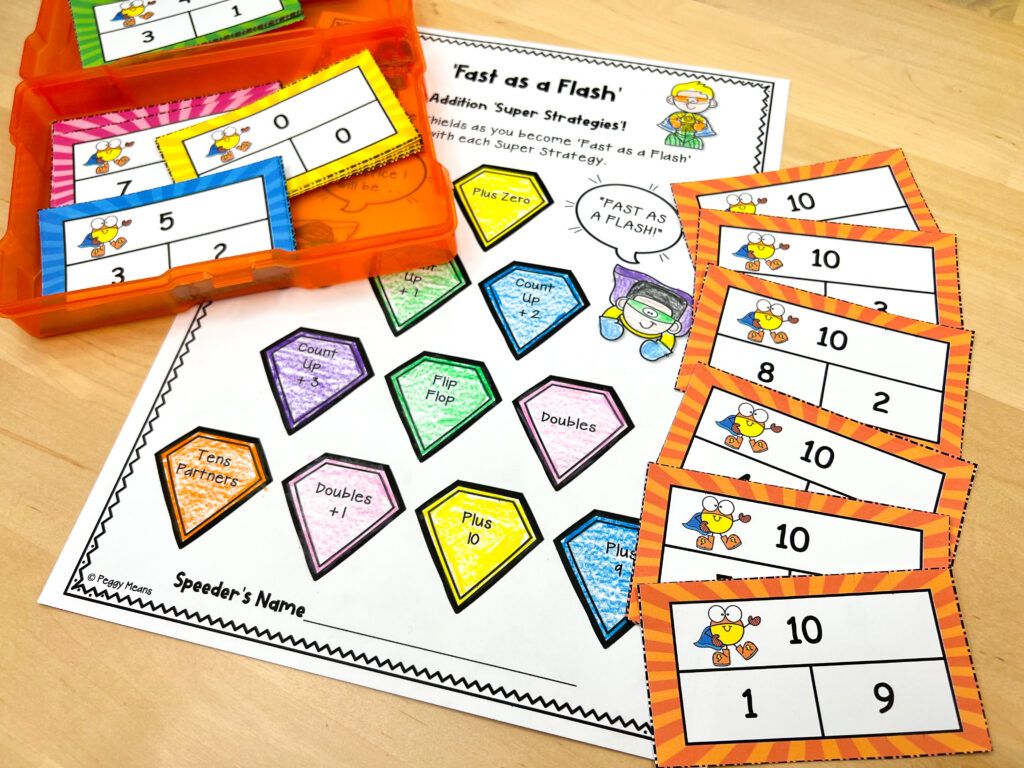
I used these activities in my classroom for years and I know from experience that my students got ‘Fast as a Flash‘ with addition and subtraction math facts.
I hope you are inspired by these 3 tips!
- Teach the Mental Math Strategies
- Practice 10-15 minutes each day
- Use Engaging Activities
I have some free Unicorn Bump games for you that use these 3 tips:
- Based on Mental Math Strategies
- Provides practice for 1–15 minutes
- Engaging
Just fill out the form below and I will send them to you!
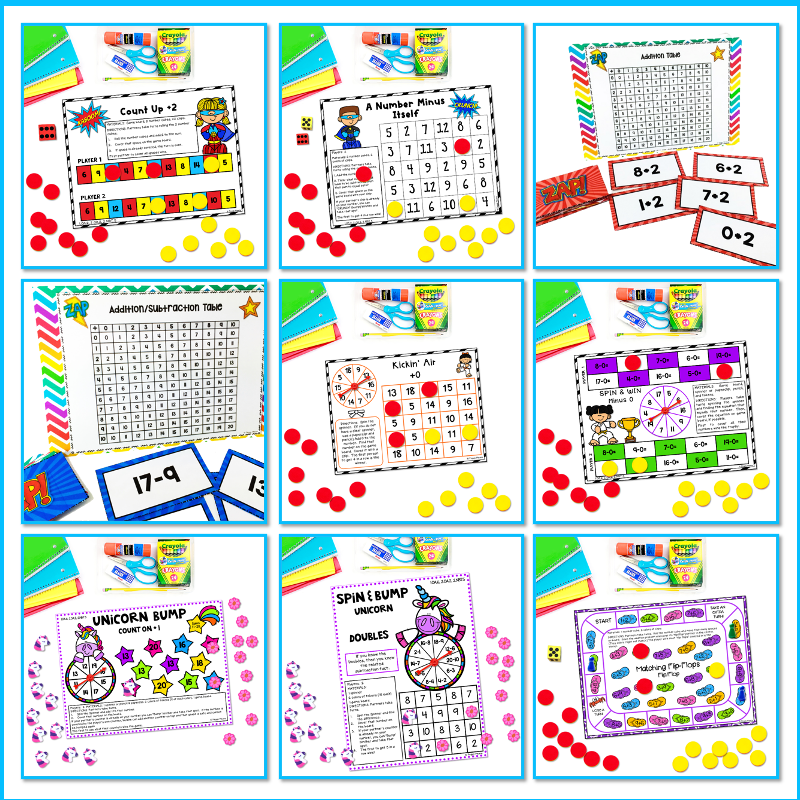
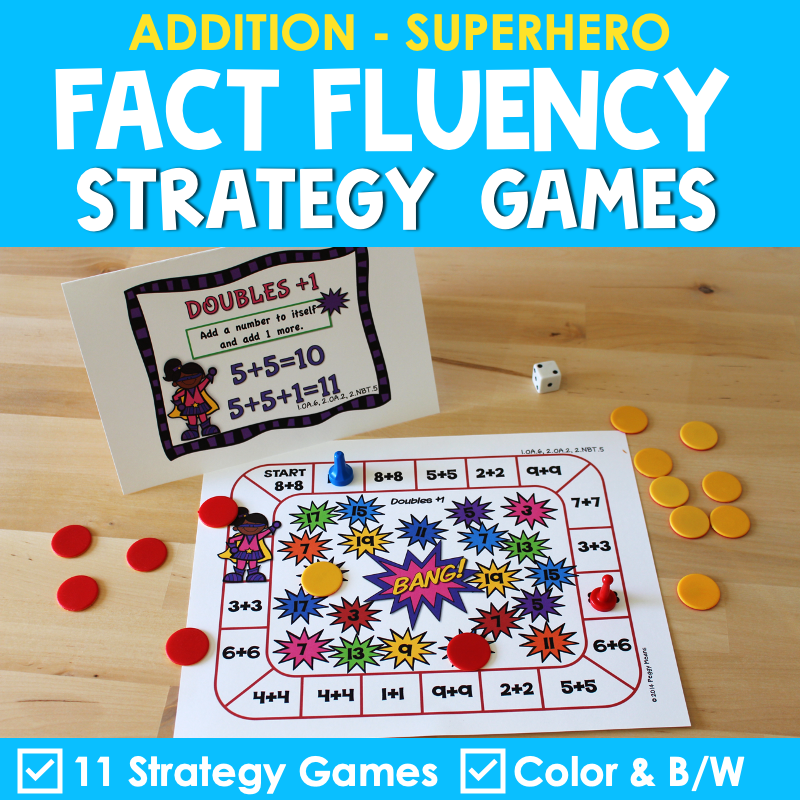
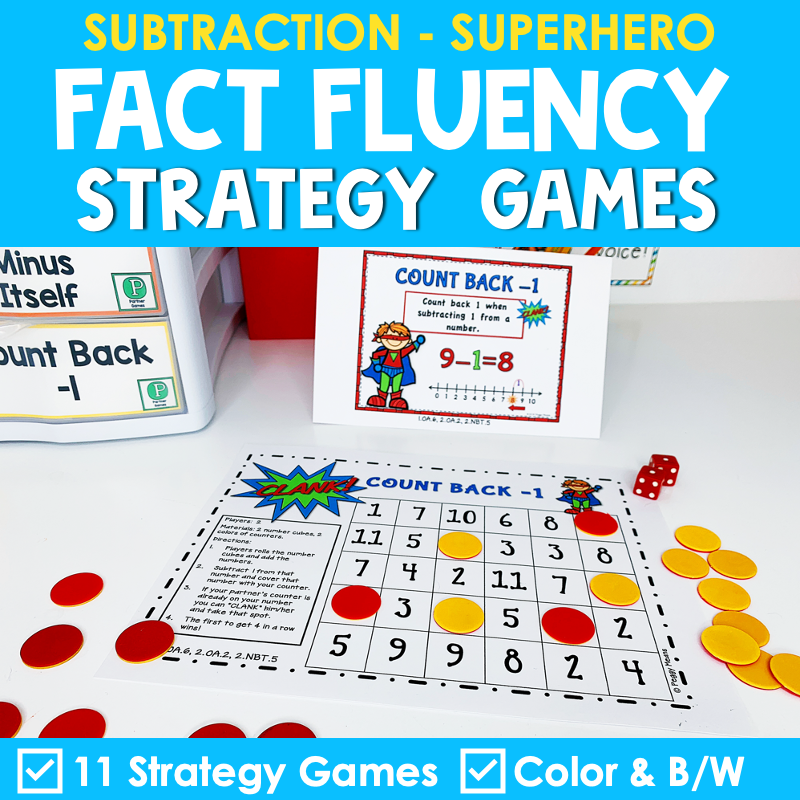
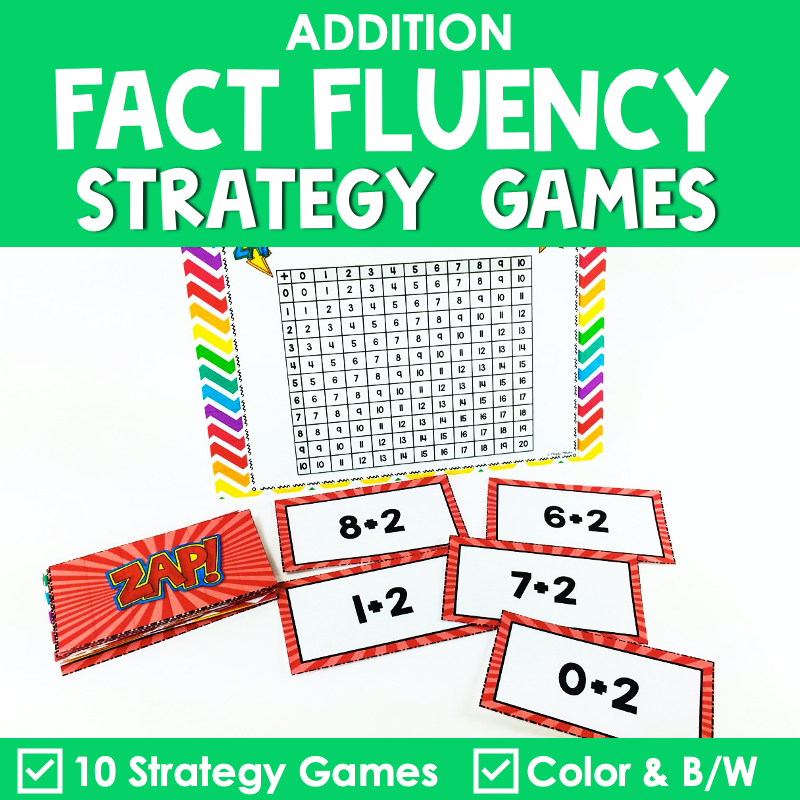
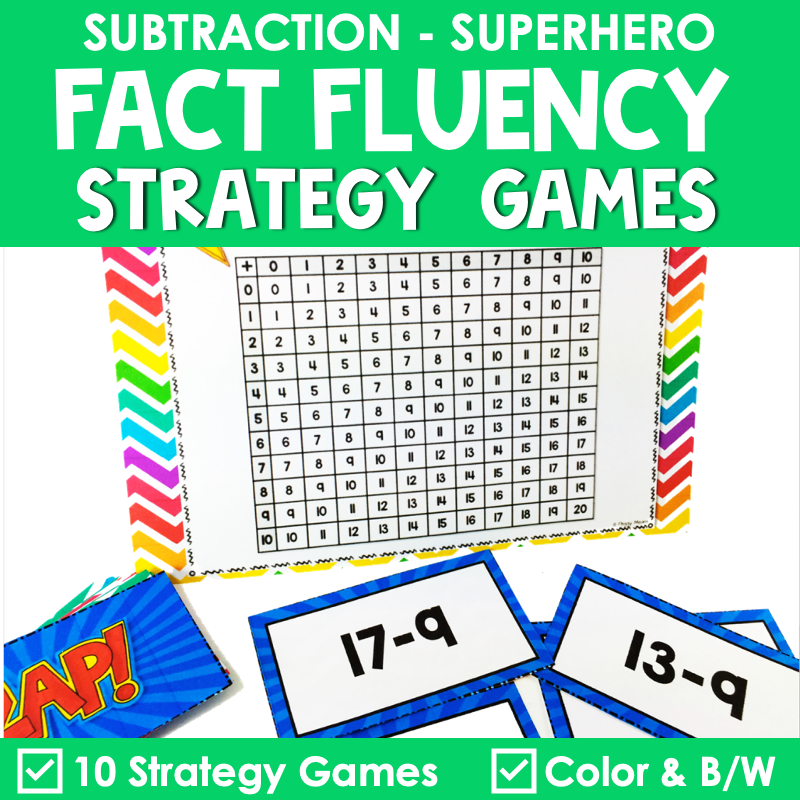
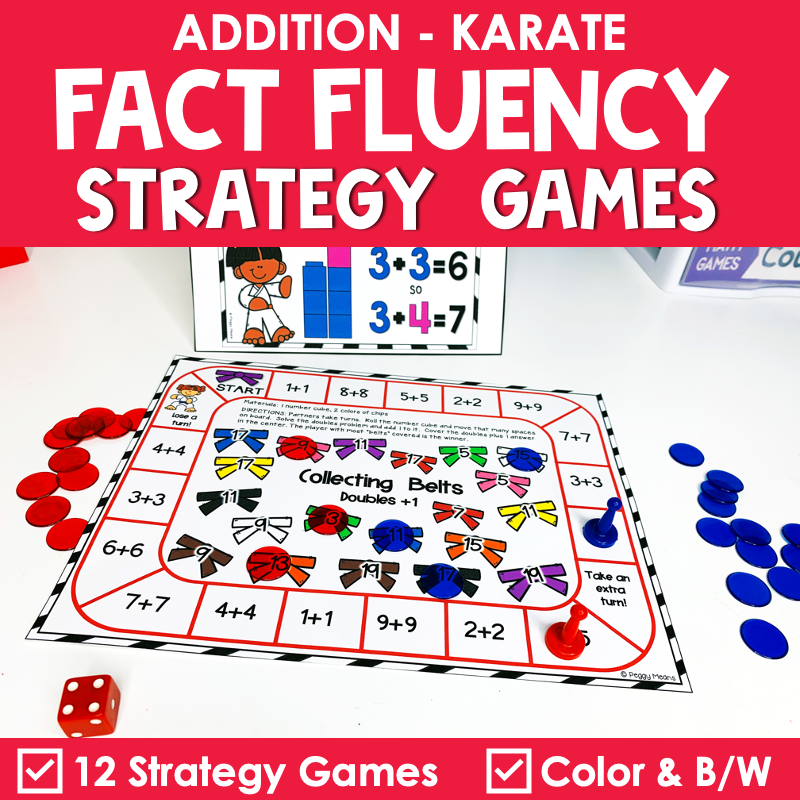
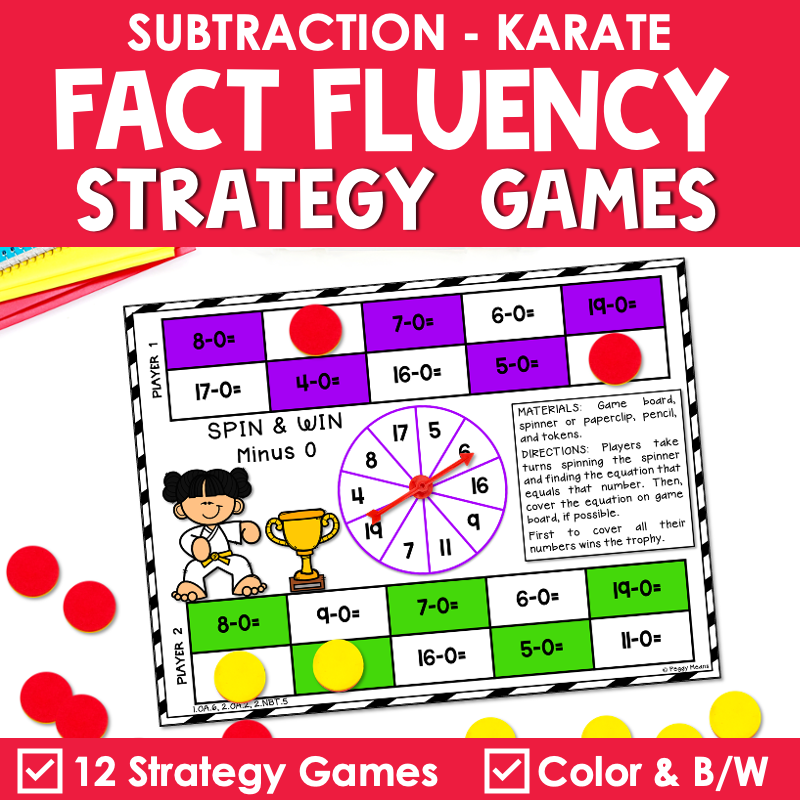
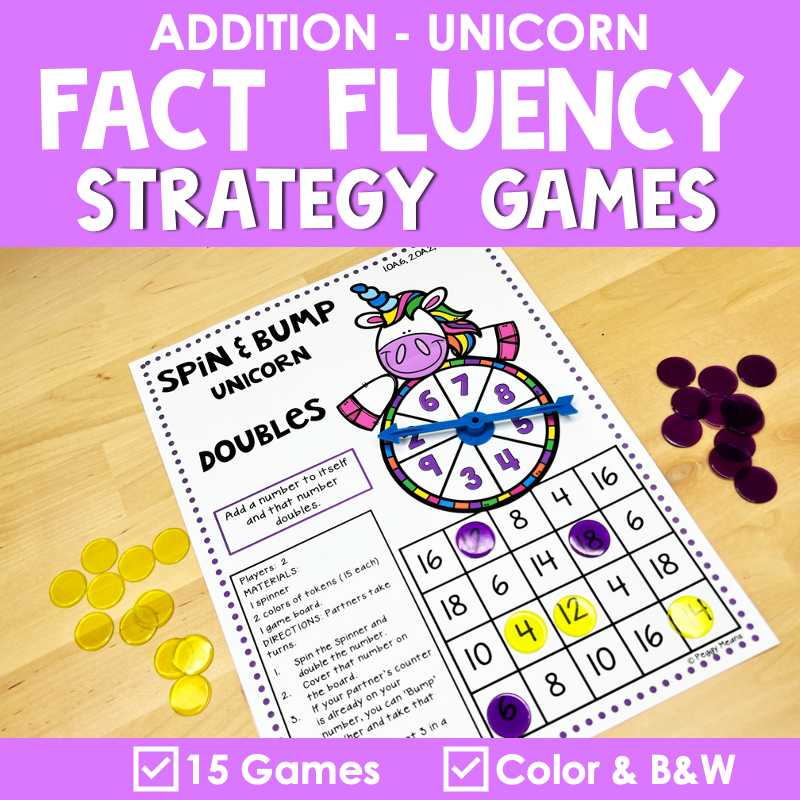
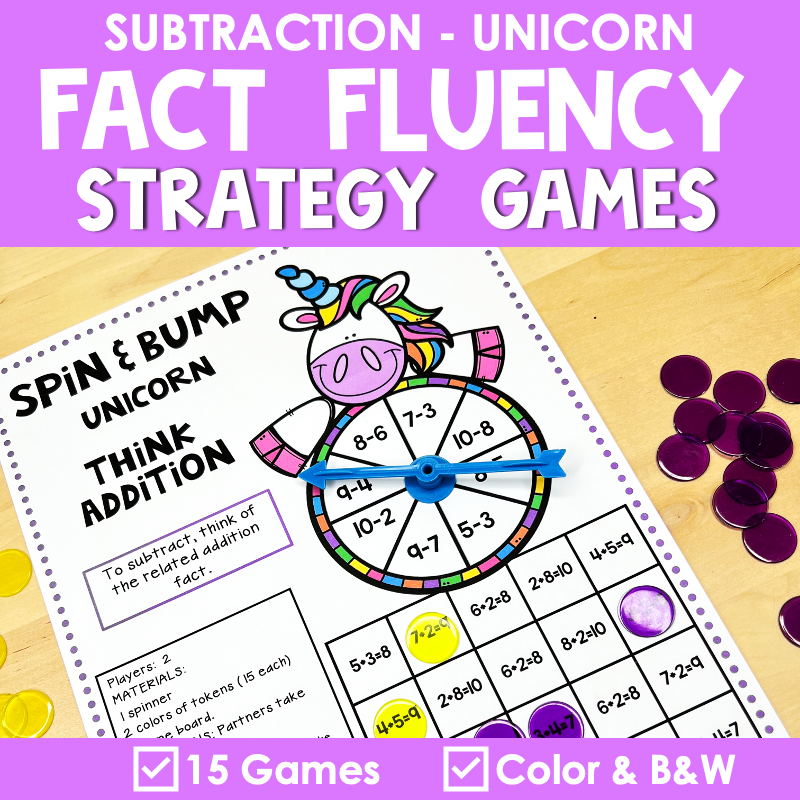
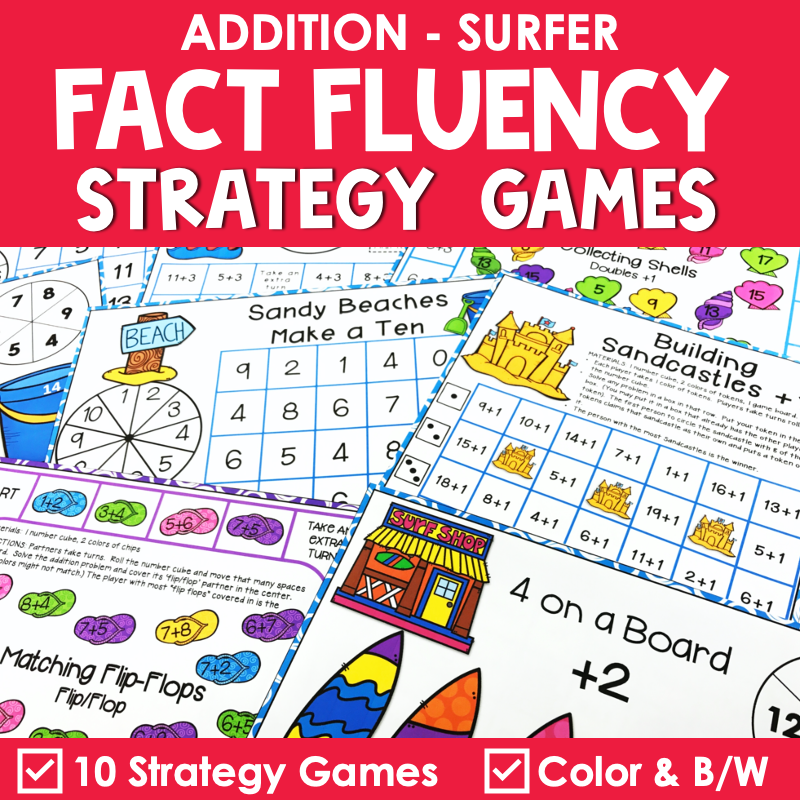
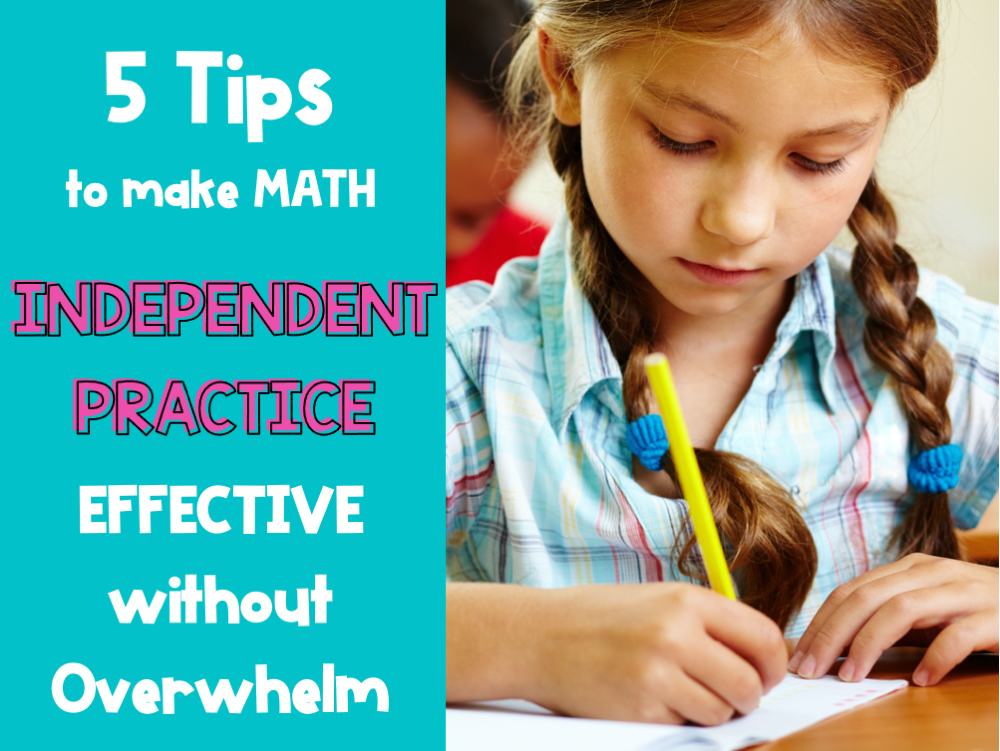
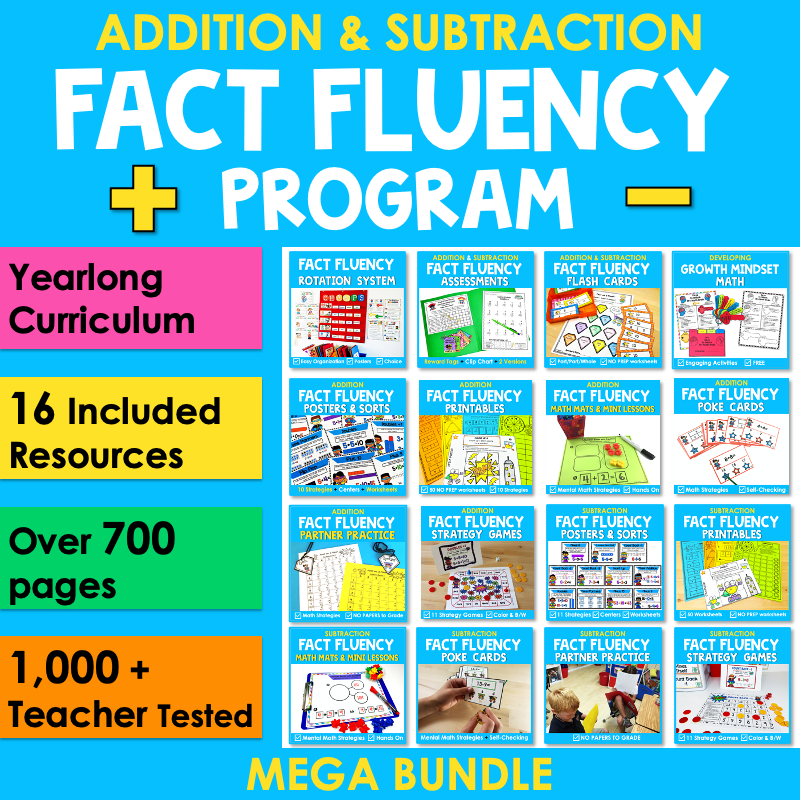


 My name is Peggy Means. I am a child of God and a retired elementary teacher. I loved teaching and creating engaging resources for my students. Now, I love sharing my resources and ideas with busy teachers around the world.
My name is Peggy Means. I am a child of God and a retired elementary teacher. I loved teaching and creating engaging resources for my students. Now, I love sharing my resources and ideas with busy teachers around the world.